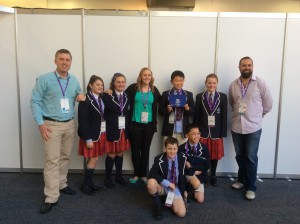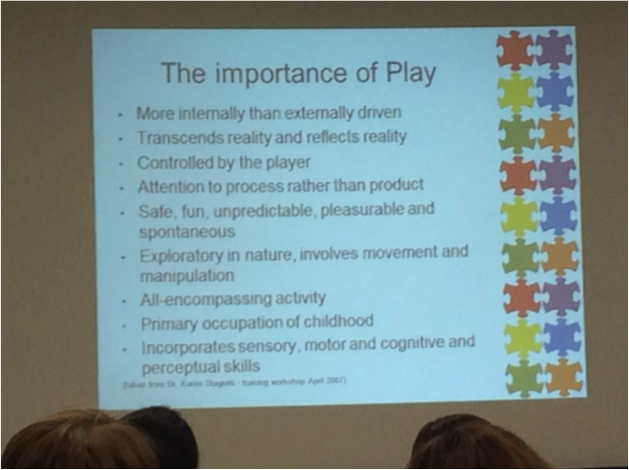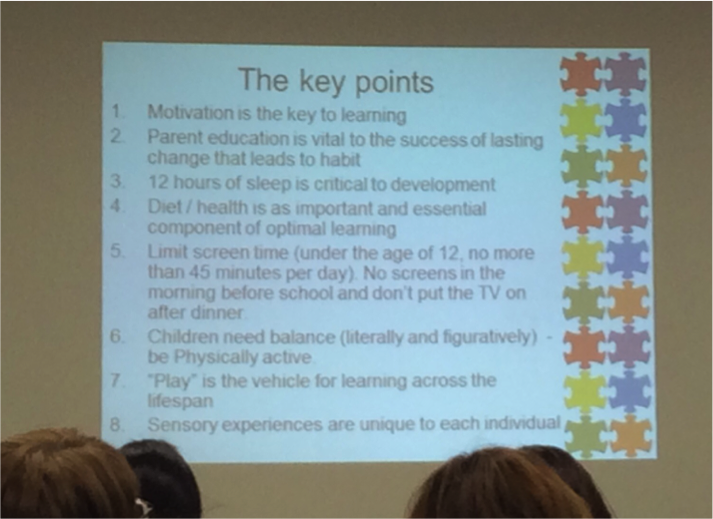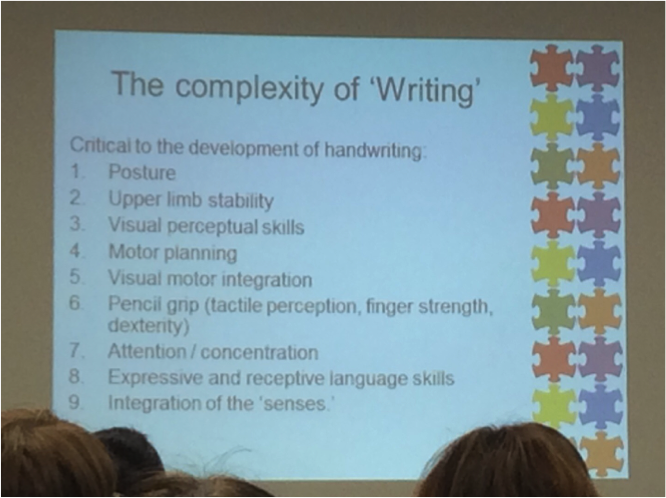A year ago I stood in front of a packed room with some pretty influential and successful educators who knew their stuff when it came to successful technology integration.
I was nervous but felt some comfort in presenting with my colleagues (Paul Huebl @paulhuebl and Andy Peartree @anderspearz) about the implementation of our 1:1 iPad program in Year 6 2014.
A lot has changed in my teaching life since presenting at the Australian Computers in Education Conference (ACEC) in 2014. I no longer work in a 1:1 iPad environment, but am able to borrow laptops and sets of iPads to work with my class. I switched from upper primary to junior primary. This was a big change and I found myself taking a step back from the use of technology, I was using it everyday in a 1:1 class but now I book the appropriate tech tools for intentional lessons to suit my learners. I have gradually skilled up my students with certain applications and their confidence and enthusiasm has developed. I am rather pleased with the work they have provided and the skills they have learnt at such a young age.
This year I have started trialling a digital portfolio for my students using Seesaw. I’m leading my colleagues in an action plan to get digital portfolios implemented across the school by 2016. So far my parents have provided me with lots of positive feedback, but we will also be looking at other options. Stay tuned, looks like another blog post in the near future.
Anyway, the main reason I started this post was because I realised I hadn’t recorded this achievement, one which I was most proud of and felt a great sense of accomplishment. You see, I’m not comfortable with public speaking, in fact I would prefer to speak in front of a class full of children, they are far less intimidating than a room full of teachers and professionals in the field. However, I realised the importance of sharing one’s experiences to help others and share the knowledge. Our implementation of the 1:1 iPad program in 2014 was a great success and a challenge, which we took in our stride. I spoke at the Adelaide Convention Centre at a National conference in front of my people, the tech integrators, the guru’s, the passionate educators of the 21st Century. Awesome!
Here is a photo of us with some of our students who came to the event to showcase their learning and share what we did at our school and why they loved our way of learning in a 1:1 environment. Attached below is the Powerpoint presentation we used at the conference.
Enjoy!




